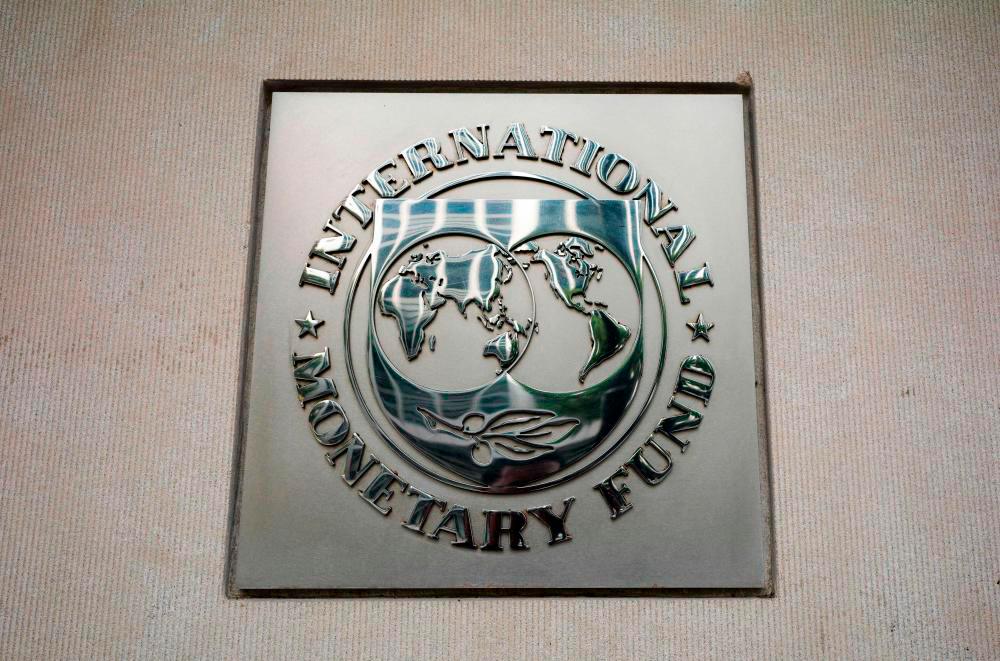THE International Monetary Fund number two recommends non-alignment as the best option for developing countries in the second Cold War as geopolitics threatens already dismal prospects for the world economy and wellbeing.
IMF warning
Ominously, IMF first deputy managing director Gita Gopinath warns that “with the weakest world growth prospects in decades – and the pandemic and war slowing income convergence between rich and poor nations – we can little afford another Cold War”.
While recognising globalisation is over, she appealed to governments to “preserve economic cooperation amid geoeconomic fragmentation” due to the second Cold War.
Growing US-China tensions, the pandemic and war have changed international relations.
The US calls for friend-shoring while its European allies claim they want to de-risk.
While still pleading for globalisation, China realistically stresses self-reliance.
Multilateral rules were rarely designed to address such international conflicts as ostensible national security concerns rewrite big powers’ economic policies.
Hence, geoeconomic conflicts have few rules and no referee.
Historical perspective
After the Second World War, the US and USSR soon led rival blocs in a new bipolar world.
After Bandung (1955) and Belgrade (1961), non-aligned countries have rejected both camps. This era lasted four decades.
World trade-to-GDP rose with post-war recovery and, later, trade liberalisation.
With the first Cold War, geopolitical considerations shaped trade and investment flows as economic relations between the blocs shrank.
According to her, such flows increased after the Cold War, “reaching almost a quarter of world trade” during the hyper-globalisation of the 1990s and 2000s.
However, globalisation has stagnated since 2008. Later, about “3,000 trade restricting measures were imposed” in 2022 – nearly thrice those imposed in 2019!
Cold War economics
Gopinath sees “ideological and economic rivalry between two superpowers” as driving both Cold Wars.
Now, China – not Russia – is the US rival, but things are different in other respects too.
In 1950, the two blocs accounted for 85% of world output.
Now, the global North, China and Russia have 70% of world output but only a third of its population.
Economic interdependence grew among countries as they became “much more integrated”.
International trade-to-output is now 60% compared with 24% during the Cold War.
This inevitably raises the costs of what she terms economic “fragmentation” due to geopolitics.
With the Ukraine war, trade between blocs fell from 3% pre-war to -1.9%.
Even trade growth within blocs fell to 1.7% from 2.2% pre-war.
Similarly, foreign direct investment (FDI) proposals “between blocs declined more than those within blocs while FDI to non-aligned countries sharply increased”.
China is no longer the US’s largest trading partner, as “its share of US imports has fallen” from 22% in 2018 to 13% in early 2023.
Trade restrictions since 2018 have cut “Chinese imports of tariffed products” as US FDI in China fell sharply.
However, indirect links are replacing direct ties between the US and China.
Countries with the most US import shares have also gained more in China’s export shares and FDI abroad.
A BIS study found “supply chains have lengthened in the last two years”, especially between “Chinese suppliers and US customers”.
Hopefully, Gopinath suggests that despite efforts by the two biggest economies to cut ties, it is not yet clear how effective they will be.
For Gopinath, trade restrictions diminish the efficiency gains from specialisation, limit economies of scale due to smaller markets and reduce competitive pressures.
She reports IMF research suggesting the economic costs of fragmentation could be significant and weigh disproportionately on developing countries, with losses of about 2.5% of world output.
Losses could be as high as 7% of GDP depending on the economy’s resilience: “Losses are especially large for lower-income and emerging market economies.”
Much will depend on how things unfold. She warns fragmentation would also inhibit their efforts to address other global challenges that demand international cooperation.
Policy options
Policymakers face difficult trade-offs between minimising the costs of fragmentation and vulnerabilities, and maximising security and resilience.
Gopinath recognises her first best solution – to avoid geoeconomic hostilities – is remote at best, given current geopolitical hostilities and likely future trends.
Instead, she urges avoiding “the worst-case scenario” and protecting “economic cooperation” despite polarisation.
She wants adversaries to target only a narrow set of products and technologies that warrant intervention on economic security grounds.
Otherwise, she advocates a non-discriminatory plurilateral approach to deepen integration, diversify, and mitigate resilience risks.
Despite the odds, Gopinath appeals for a multilateral approach for areas of common interest to safeguard the global goals of averting climate change devastation, food insecurity and pandemic-related humanitarian disasters.
Finally, she wants to restrict unilateral policy actions such as industrial policies.
They should only address market failures while preserving market forces, which she insists always allocate resources most efficiently.
Not recognising the double standards involved, she wants policymakers to carefully evaluate industrial policies in terms of their effectiveness.
However, she is less cautious and uncritical in insisting on neoliberal conventional wisdom despite its dubious track record.
Unsurprisingly, two IMF staffers felt compelled to write in 2019, The Return of the Policy That Shall Not Be Named.
Despite much earlier extensive European and Japanese use and US President Joe Biden’s recent embrace of industrial policy, the Fund seems caught in an ideological trap and time warp of its own making.
While making excessive claims about gains from globalisation, Gopinath acknowledges that economic integration has not benefited everyone.
Thankfully, she urges developing countries to remain non-aligned and deploy their economic and diplomatic heft to keep the world integrated as the new Cold War sets the world further back.
Pragmatically, Gopinath observes that if some economies remain non-aligned and continue engaging with all partners, they could benefit from the diversion of trade and investment.
By 2022, more than half of global trade will involve a non-aligned country.
They can benefit directly from trade and investment diversion, reducing the Cold War’s high costs. – IPS









